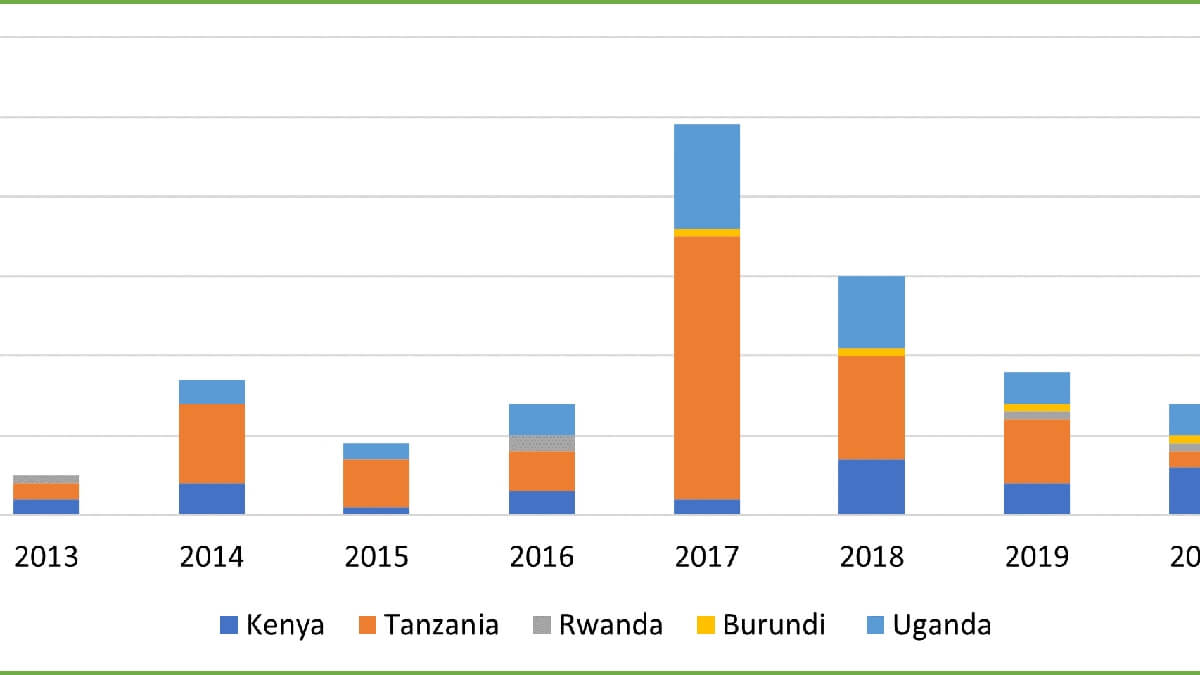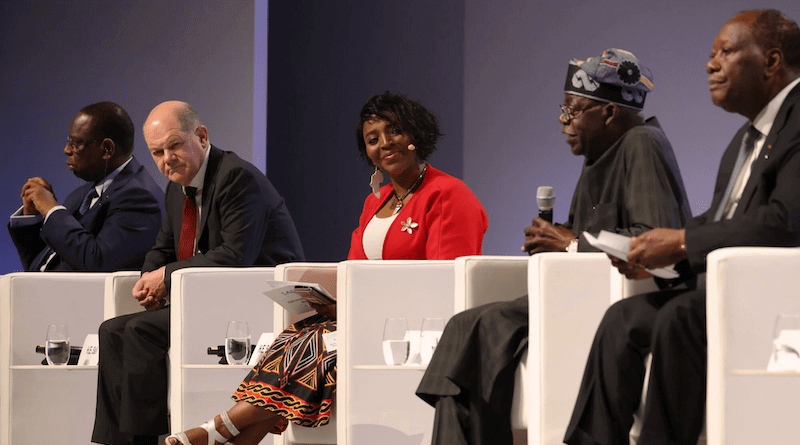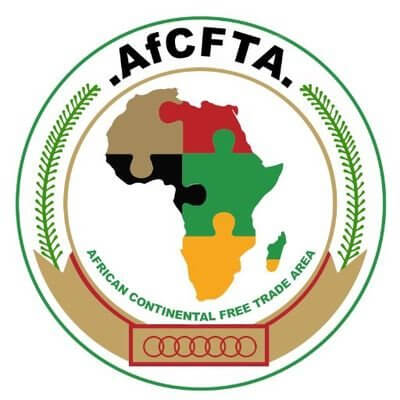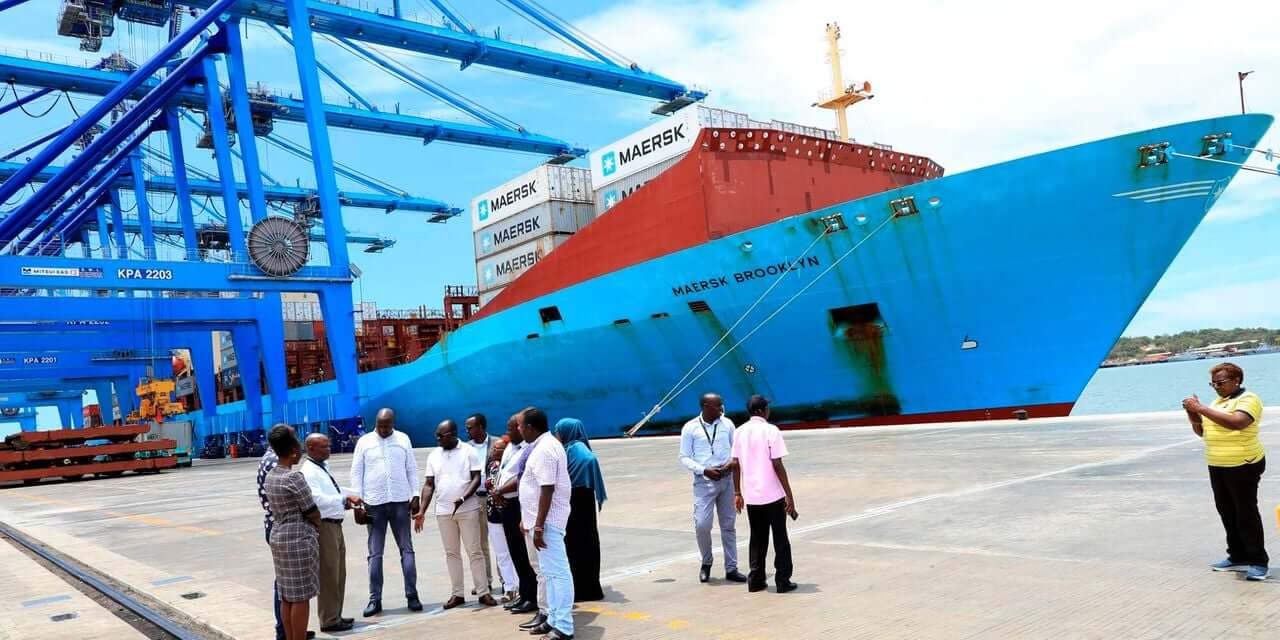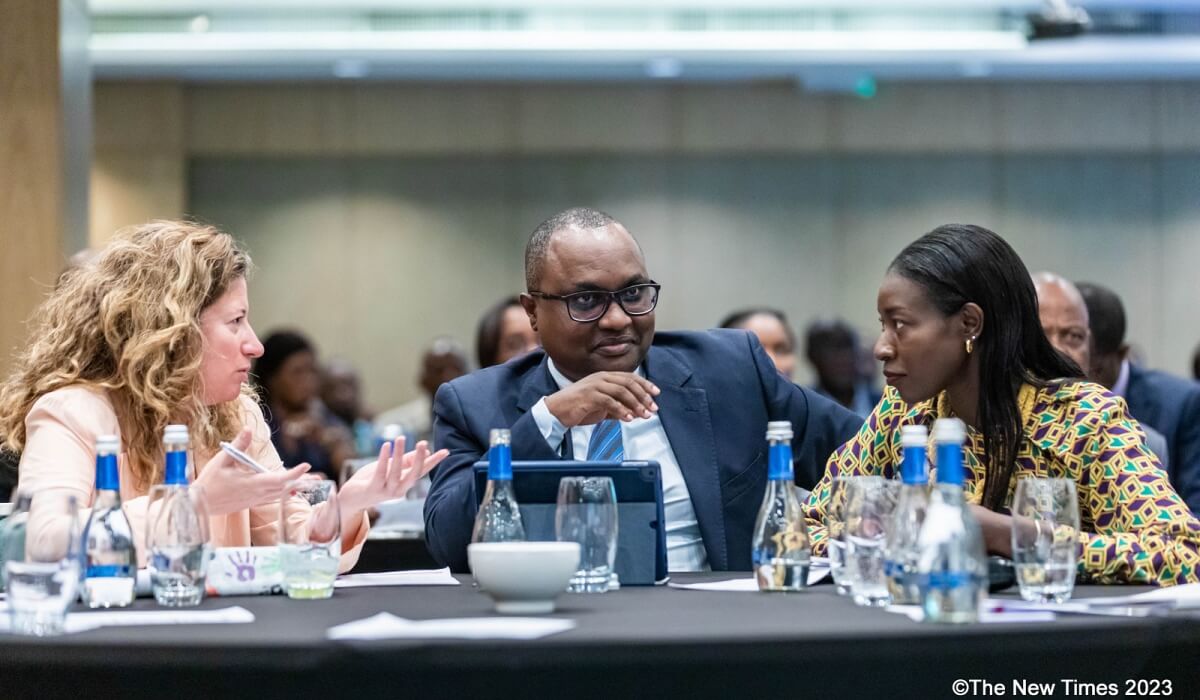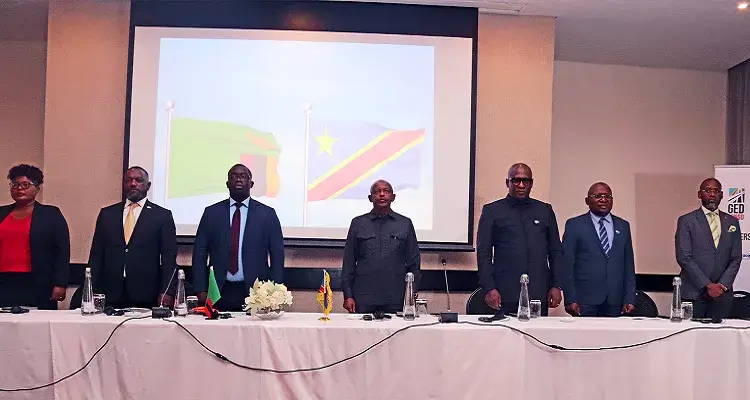Non-tariff barriers (NTBs) remain a key challenge to intra-African trade even after the launch of the African Continental Free Trade Area Agreement (AfCTA), experts have warned. Speaking during the fourth World Transport Congress which was held in Nairobi last week, players in the shipping and logistics industry said without tackling the commercial challenges posed by NTBs, the AfCTA dream will never be realised. NTBs include quotas, embargoes, sanctions, discriminatory levies among others. AfCTA aims to accelerate intra-African trade and boost Africa’s trading position in the global market. The forum also highlighted how the shipping industry is embracing technology and the role of transport and logistics service providers in promoting green shipping. George Kidenda, a shipping and logistics analyst in Nairobi, said in efforts to increase free trade, African governments must aim to reduce up to 97 per cent of taxes. “We need proper infrastructure and free transportation of goods to achieve this. Most of our roads are not passable. Our airlines do not have free landing rights,” Kidenda said. “We also lack internet connectivity.” Head of Kenya Airways cargo business division Peter Musola, while speaking at the meeting, emphasised the need for trade liberalisation in Africa. “One of the biggest challenges in Africa is the issue of mutual demand. Airplanes or cargo ships will go in one direction full and return empty and this has the effect of increasing the price of goods. Trade liberalisation will stimulate domestic trade. The price will drop,” Musola said. According to the 2021 UNCTAD...
Tackle non-tariff barriers, African leaders told
Posted on: November 30, 2023
Posted on: November 30, 2023


